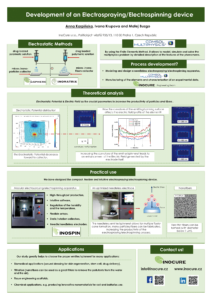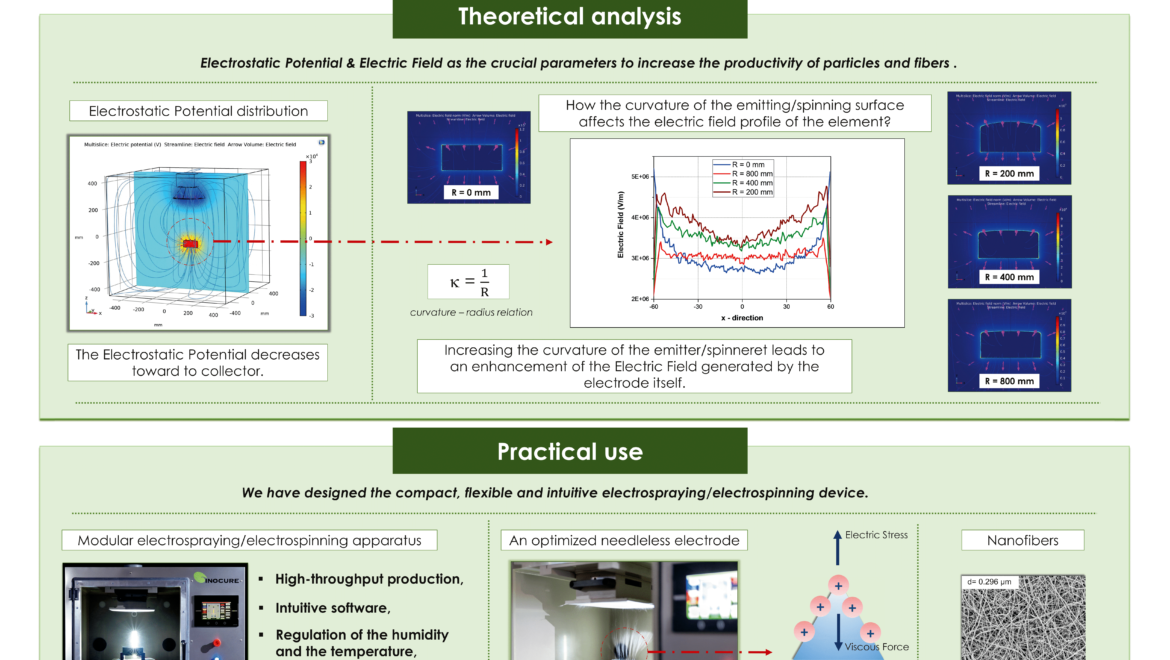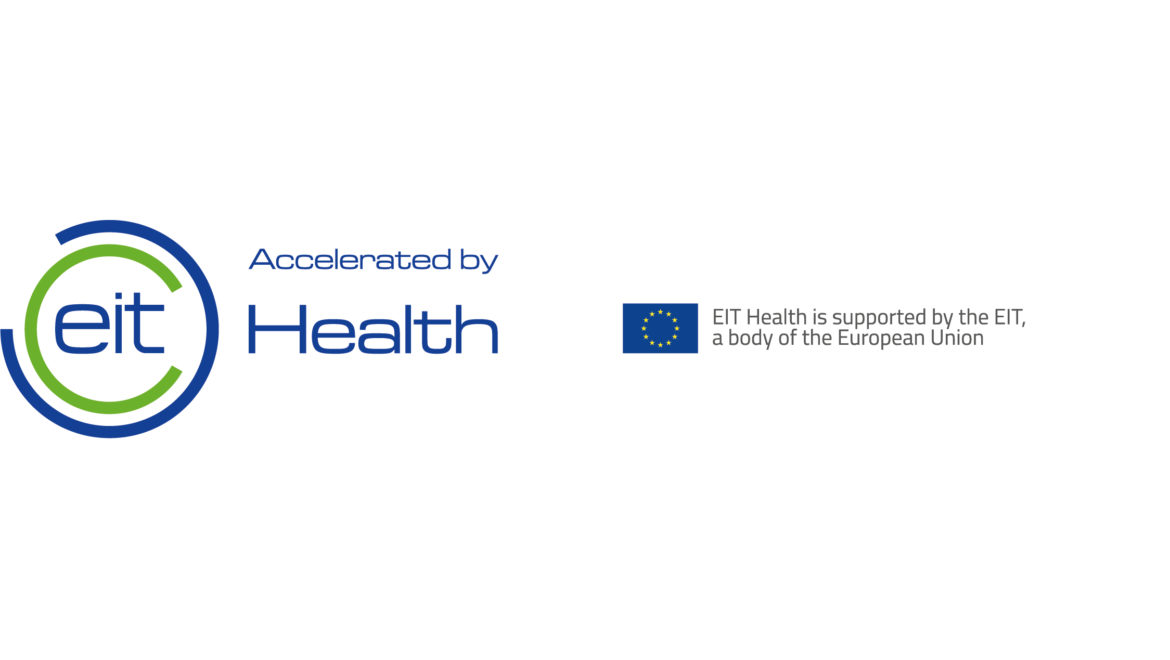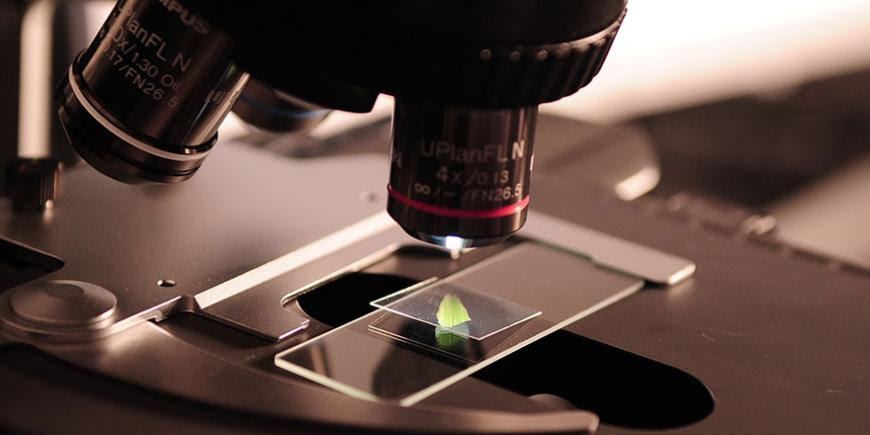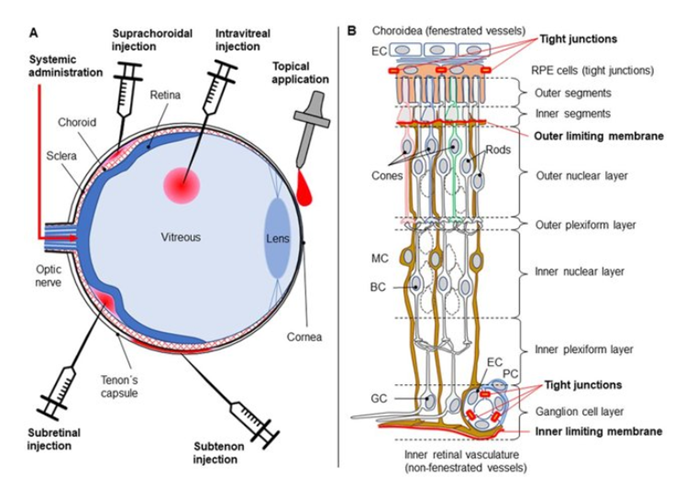Development and optimization of the electrospinning device InoSPIN
Electrospinning is currently the dominant electrohydroelectrospinning development dynamic technique to fabricate thin fibers, thanks to its simplicity and relatively low cost.
Nowadays, fibrous materials show a great usefulness in many applications (drug delivery systems, textile, environmental remediation). Nanofibers have become extremely appealing due to their unique properties, mainly highly porous structure and large surface – volume ratio. Electrospinning is currently the dominant electrohydroelectrospinning development dynamic technique to fabricate thin fibers, thanks to its simplicity and relatively low cost. It is based on a high voltage applied between a metallic needle or a needleless electrode, and a collector. The strong external voltage deforms the liquid coming out of the nozzle into a jet. However, an efficient production of nanofibers by electrospinning remains challenging.
Development of electrospinning technique includes: i) theoretical model design and a comprehensive analysis its properties based on numerical simulations, ii) verification preliminary results in practical use. So far, a crucial relation between the geometry of the spinning electrode and formed nanofibers has been observed. Indeed, our work plays a significant role in selecting a proper electrospinning configuration, depending on the application and desired results.
